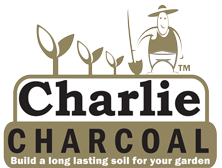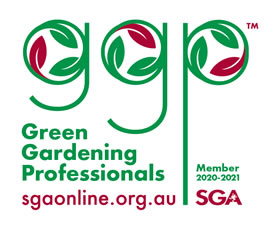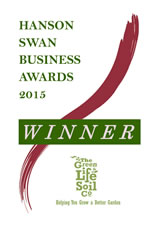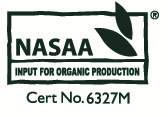All good organic gardeners have great compost heaps, don't we? Well, I'm sure at least we understand the theory of recycling garden waste, the importance of reducing landfill and the value of adding organic material to our garden beds.
Heck, I've got great books on composting (I know because I've looked at the pictures in them), done workshops on composting, plotted temperatures, recorded ingredients... Yep. I'm an expert. (Definition of an 'Expert = A drip under pressure'.)
I'm also a very lazy gardener (regular readers will already know this). So how do I make compost? Well I'll let you into my secret - I make compost pretty badly.
In my defence, having chickens about there isn't alot of compost material left from scraps. A lot of our food scraps are fed to either chooks or the rabbits, leaving the indigestible stuff like banana, onion, citrus and potato peelings, tea leaves and the odd paper towel (another guilty secret) to go into the compost.
Our chicken pen sits amongst fruit trees, so usually the chook poo gets spread out amongst these, rather than carted back to the compost bin. (It's uphill to wheelbarrow it back - see the theme here??)
Luckily, the rabbits are good poopers. And they will happily do their business in a litter tray, which is very convenient. So the tray's contents (droppings and either shredded paper or straw) do make it into the compost every week. I also add the odd handful of weeds, and sometimes a bucket or two of leaves. And - here's the shocking bit - I also empty the cat's litter tray into the compost bin.
I know there are issues with animal poop in compost, so I am careful not to use the finished compost around vegies. But for fruit trees or ornamental plants it's fine. I figure it's not much different from the cat digging a hole and depositing his business there directly, after all. (In fact if I could teach the cat to do that instead of using the litter tray I'd be really happy.)
Because the cat litter I use is clumping clay (containing bentonite - but NOT entirely bentonite - it is different stuff) I end up with compost that is actually a bit too heavy and claggy. I have to be careful not to layer it on too thick or it forms an unattractive lumpy crust on the soil. I'm afraid it would never impress the authors of those great books on composting.
Something new I'm attempting this year is to more actively compost the leaves that needed to be cleared around the house over summer. These eucalyptus leaves are virtually indistructable. I would mulch them up, but because they've been raked off the soil, there is more than the odd bit of gravel amongst them. If you've ever seen what a bit of gravel flung from a mulcher can do, then you would understand my reluctance to risk life, limb and windows.
So I'm going to have to more actively manage these compost piles. Adding blood and bone to increase nitrogen will help feed up the bacteria and get things cooking. I also add buckets of greywater to the piles - which is mostly shed straight off by the eucalyptus leaves - but with a bit of turning over I believe we are making progress.
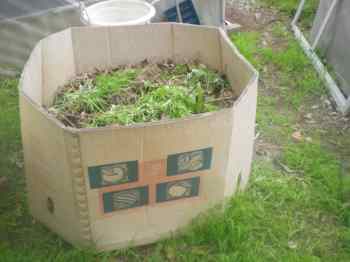 And just a tip - these very sturdy cardboard crates used for transporting melons and pumpkins are often available free from your local greengrocer. I have found they make great temporary compost bins. Of course, they will break down eventually - but can then be broken up and added to the next compost pile. This one in my garden is over six months old and is still going strong, despite being out in the weather.
And just a tip - these very sturdy cardboard crates used for transporting melons and pumpkins are often available free from your local greengrocer. I have found they make great temporary compost bins. Of course, they will break down eventually - but can then be broken up and added to the next compost pile. This one in my garden is over six months old and is still going strong, despite being out in the weather.
I'll update progress and look at other dark & dirty compost secrets soon.
For now, I hope you've learnt something about making compost.
If not - I could always recommend one of those great books with pictures.

